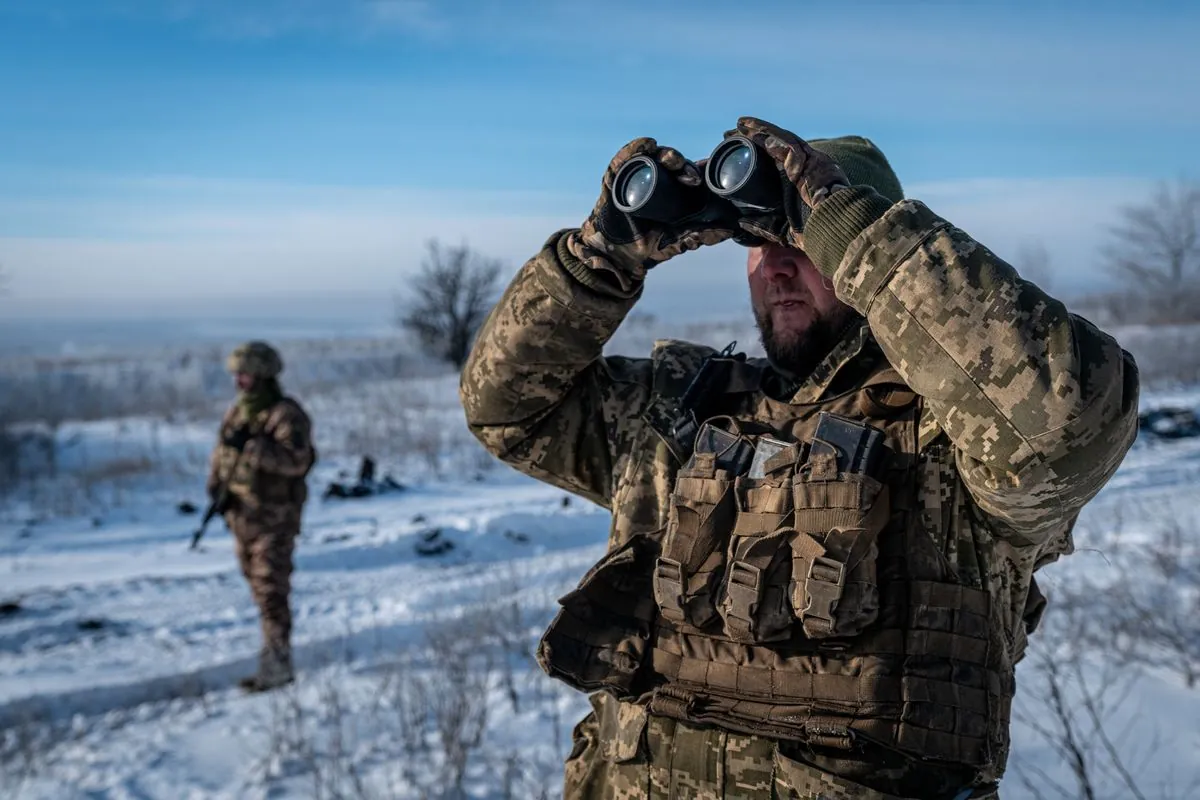By year 2030 the Russia-Ukraine war might look very different than today: its not an all-out battle anymore but rather a drawn-out low-key conflict. After roughly 8 years of intense fighting since the full-scale invasion both sides had to accept some hard facts
The first key-point is the military deadlock — since mid-2024 neither Ukraine nor Russia managed to make big moves on the ground. Both countries agreed to set-up special arrangements:
- No-fire zones near nuclear sites
- Protected civilian areas
- Safe routes for humanitarian aid
- Military communication lines
- Prisoner swap protocols
Western support for Kyiv has gone down as US started paying more attention to China-related issues; European countries got tired of the long war (plus some pro-russian political groups gained more power)
The situation looks like a partial win for Ukraine — even though it lost about 20% of its land since the first invasion back in 2014; it managed to stop a nuclear-armed bigger country and built one of Europes strongest armies. The country became more united than ever; with strong ties to western partners
Russia by 2030 faces big problems: its army is weak; economy struggles under sanctions; and Vladimir Putin cant achieve his main goal — getting Ukraine back under Moscows control. The country depends less on China now; which opens some space for talks with other global players
The world changed a lot in this scenario: small countries learned they cant trust international law for protection; regional military groups became more important than global institutions; and every nation started thinking more about its own security. Climate issues and development got less attention as countries focused on military spending
Some things could change this future — like Putins death or major changes in US policy but the general direction shows how a big war can turn into a managed stand-off when nobody can win outright
